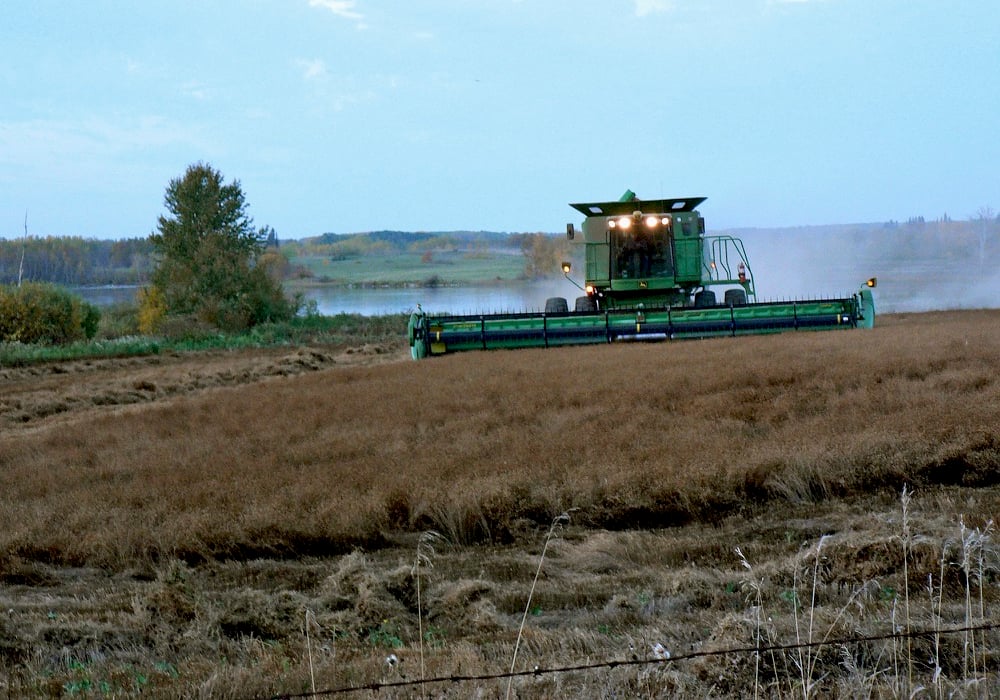There is one thing growers can do immediately to stem the tide of herbicide resistant weeds, says a weed expert.
“I would like to see chem fallow eliminated because it is a breeding ground for glyphosate resistance,” said Hugh Beckie, Agriculture Canada’s herbicide resistance expert.
Bad things happen when growers apply herbicide to bare ground, he said during a presentation at the 2014 Canola Discovery Forum and expanded on those comments in an interview following his speech.
“Your risk of glyphosate resistance in whatever weed increases dramatically, mainly because there’s no crop competition,” said Beckie.
Read Also

Most of Manitoba harvest wraps up for 2025
Manitoba Agriculture issued its final crop report of 2025, showing the overall provincewide harvest at 97 per cent complete as of Oct. 20. Nearly all major crops have finished combining, with 37 per cent of Manitoba’s sunflowers finished, plus 71 per cent of grain corn and small amounts of soybeans and potatoes left to do.
Growers who chem fallow use high rates of herbicide multiple times throughout the year, which is another sure fire way to promote resistance.
The amount of land in chem fallow every year is declining but there are still significant acres idled every year in places like southern Alberta and west-central Saskatchewan.
For some growers it remains a regular farming practice. For others it is an emergency measure for unexpected events like spring flooding.
Beckie would prefer if idle land was seeded to annual or perennial cover crops that can be planted well into June, long after the spring seeding pandemonium has abated.
Annual or perennial crops dramatically reduce weed seed banks.
“If you can drive down the weed seed bank without herbicides you’re way ahead of the game,” he said.















